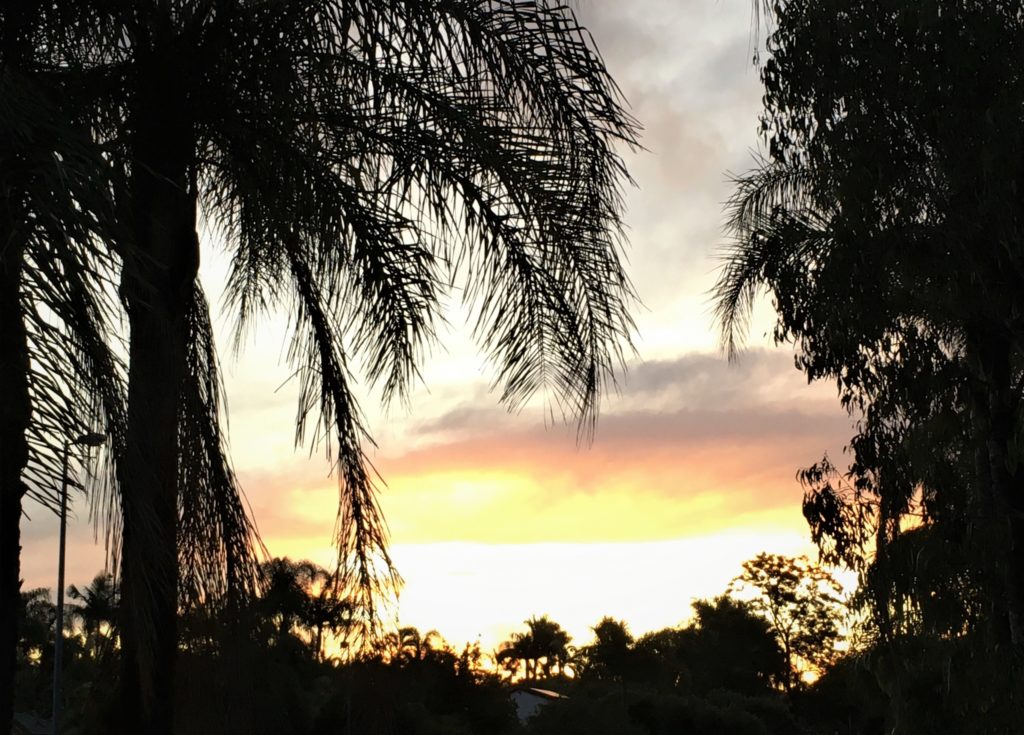The bardo of the dream state covers the period from the moment we fall asleep till the moment we wake up the following morning.
This period is similar to death; temporal duration is the only difference.
During sleep, the five perceptions of form, sound, smell, taste, and contact are withdrawn into the alaya. They faint into it, so to speak, and in fact, falling asleep is actually like dying.
To begin with, no dreams appear; there is only a black darkness as the sleeping person sinks unconscious into the alaya.
Later, the patterns of clinging and perception reassert themselves, stimulated by the karmic energy of ignorance. As a result of this, the “sense-objects” (form, sound, smell, taste, and contact) manifest once again in the dream state.
These appearances, these dream-objects, are not, of course, actually present inside oneself. On the other hand, the consciousness does not move outward toward external things. It remains within and its perceptions are imaginary and deluded. This is why this state is called the bardo of hallucination.
In the nocturnal dream state, perception is subject to delusion, as it is during the day. The deluded consciousness wanders through forms, sounds, smells, tastes, and contact—all the perceptions experienced during the day, except that now they are even more hallucinatory.
As the sleeper dreams, he or she sees only delusions and figments. In fact, the teachings say that we are also like illusions and dreams ourselves.
Of course, we think that a dream is something unreal when compared with waking life, which we regard as true.
For buddhas, however, dreams and the perceptions of the waking state are on an equal footing. Neither corresponds to reality. They are both false: fluctuating, impermanent, deceptive—and nothing else.
If we look for all the things we have done and experienced from the time of our birth until the present, where are they? There is nothing to be found. Everything goes; everything is in constant flux. This is obviously true, and yet it is something that habitually escapes us.
We constantly relate to our perceptions as if they were permanent realities, thinking, “This is me, this is mine.”
But the teachings tell us that this is all a mistake, and is the very thing that causes us to wander in samsara.
Come what may, it is our hallucinatory (dream) perceptions that we have to work with.
During the day, we should pray to the Lama and the Three Jewels, and at night we should strive to recognize our dreams as the delusions they are.
We have to be able to transform our dreams; we must practice the Dharma even while dreaming. We need to gain proficiency in this, because if we succeed, we will be able to mingle our daytime perceptions with our dream perceptions without drawing a distinction between them, and our practice will be greatly enhanced.
The teachings specify that this practice is an extremely effective way of dealing with the fact of impermanence, and with every other obstacle as well.
Source: Dudjom Rinpoche. Counsels from My Heart (Kindle Locations 710-732). Shambhala Publications. Kindle Edition.

We have to be able to transform our dreams; we must practice the Dharma even while dreaming. We need to gain proficiency in this, because if we succeed, we will be able to mingle our daytime perceptions with our dream perceptions without drawing a distinction between them, and our practice will be greatly enhanced.
(Dudjom Rinpoche)
